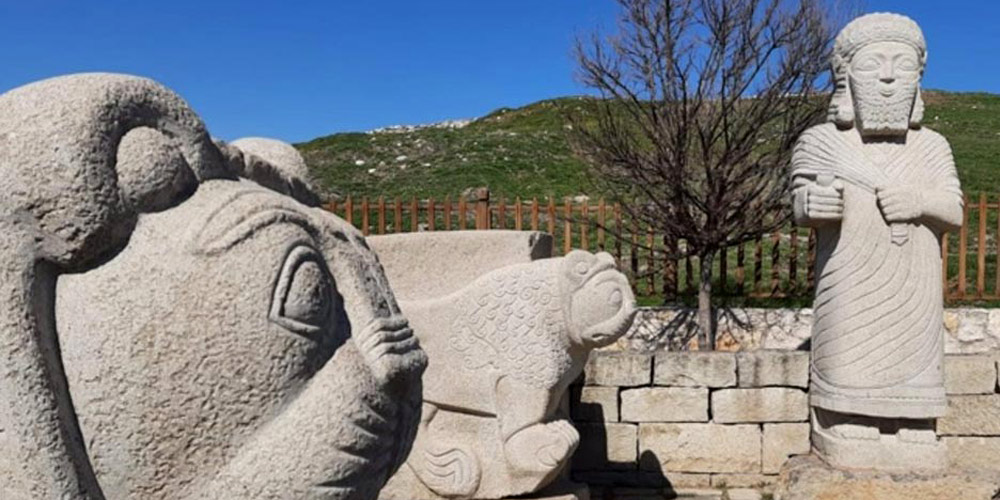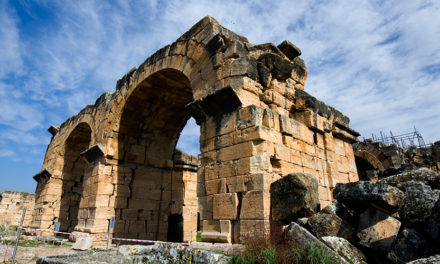Criteria: (iii)
Arslantepe Mound is a 30-metre-tall archaeological tell located in the Malatya plain, 15 km south-west of the Euphrates River. Archaeological evidence from the site testifies to its occupation from at least the 6th millennium BCE up until the Medieval period. The earliest layers belong to the Late Chalcolithic 1-2 periods, contemporary to Early Uruk in Southern Mesopotamia (4300-3900 BCE) and are characterized by adobe houses. The most prominent and flourishing period of the site was in the Late Chalcolithic 5 period, during which the so-called palace complex was constructed. Considerable evidence also testifies to the Early Bronze Age period, most prominently identified by the Royal Tomb complex. The archaeological stratigraphy then extends to the Middle and Late Bronze Ages and Hittite periods, including Neo-Hittite levels. The site illustrates the processes which led to the emergence of a State society in the Near East and a sophisticated bureaucratic system that predates writing. Exceptional metal objects and weapons have been excavated at the site, among them the earliest swords so far known in the world, which suggests the beginning of forms of organized combat as the prerogative of an elite, who -at Arslantepe- exhibited them as instruments of their new political power.





